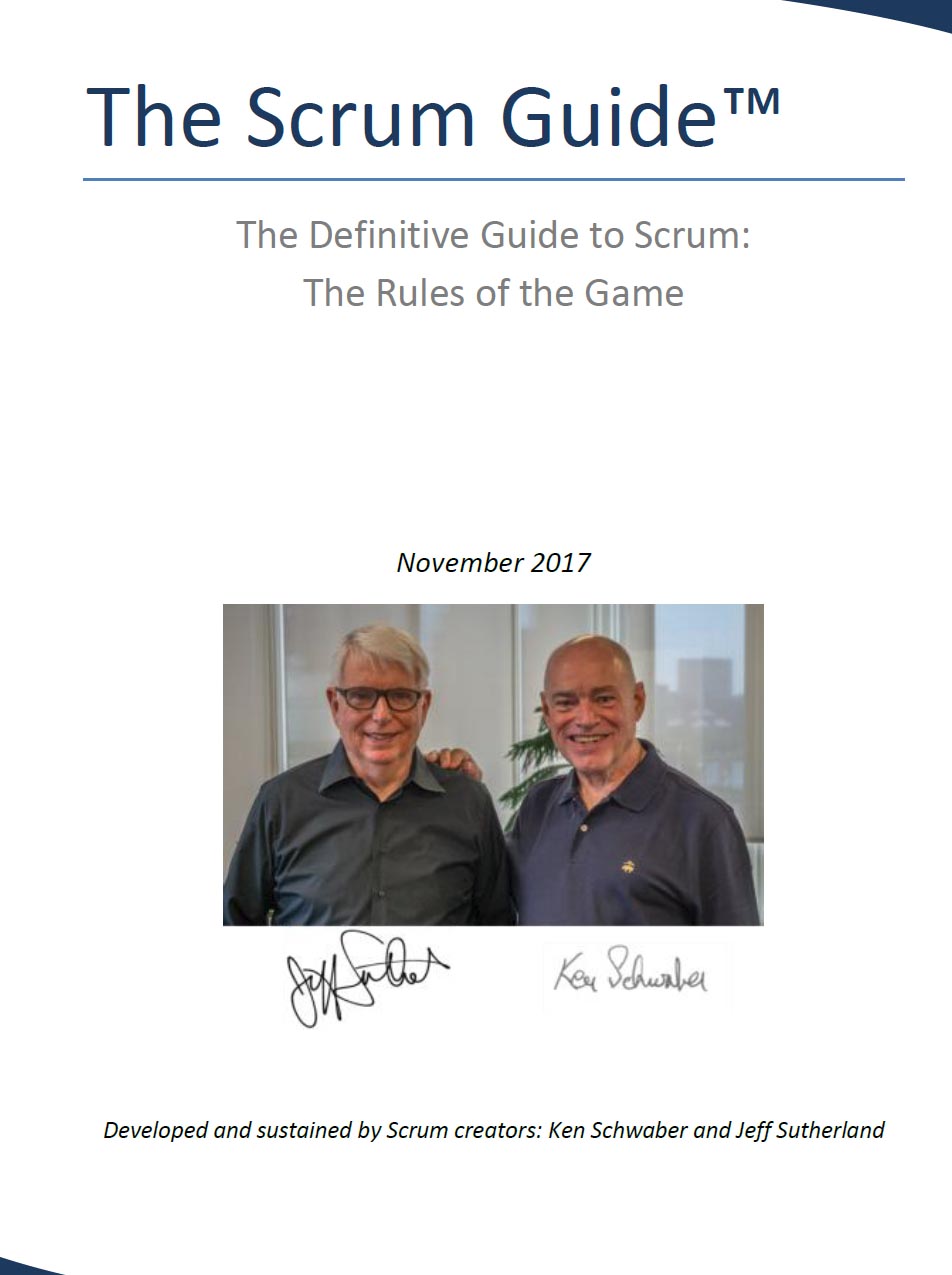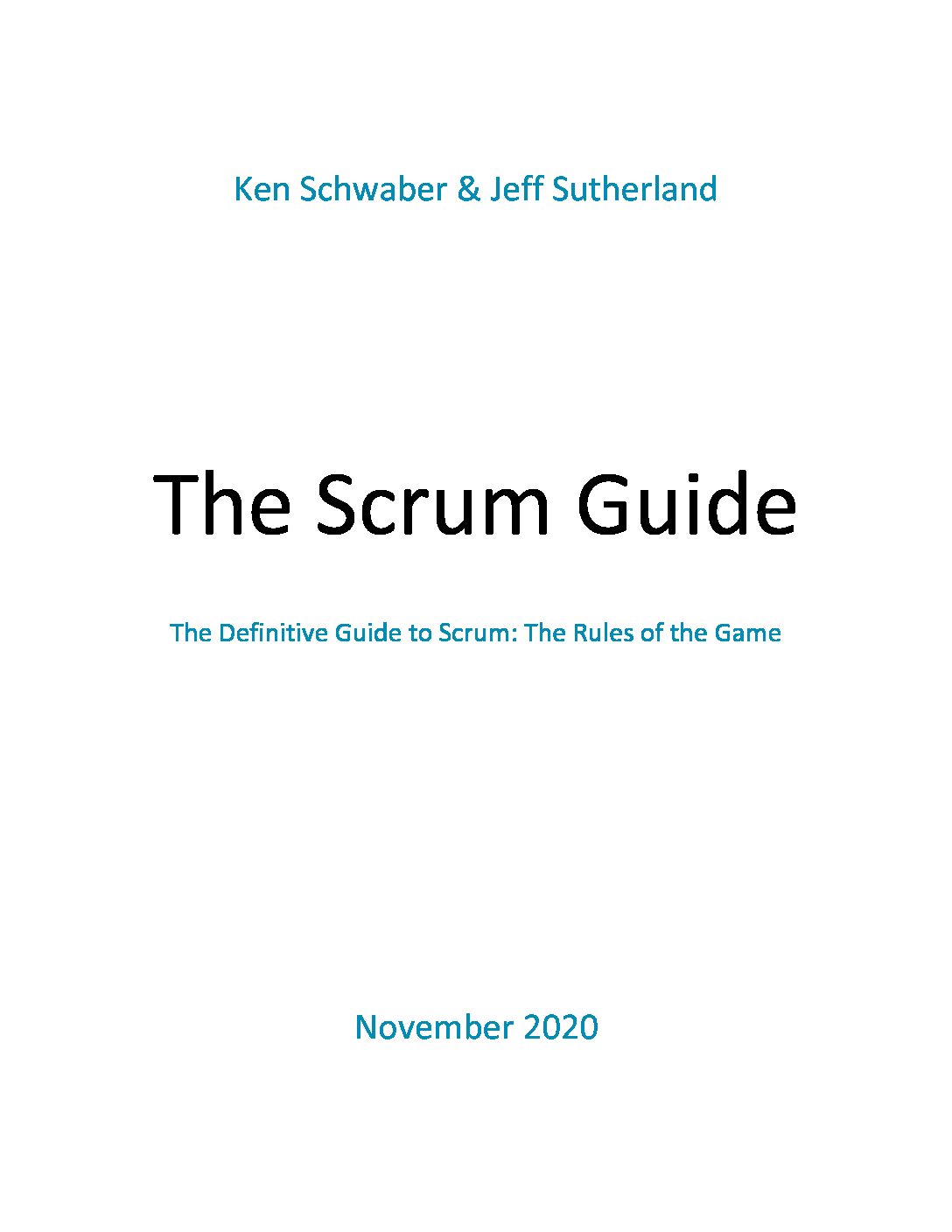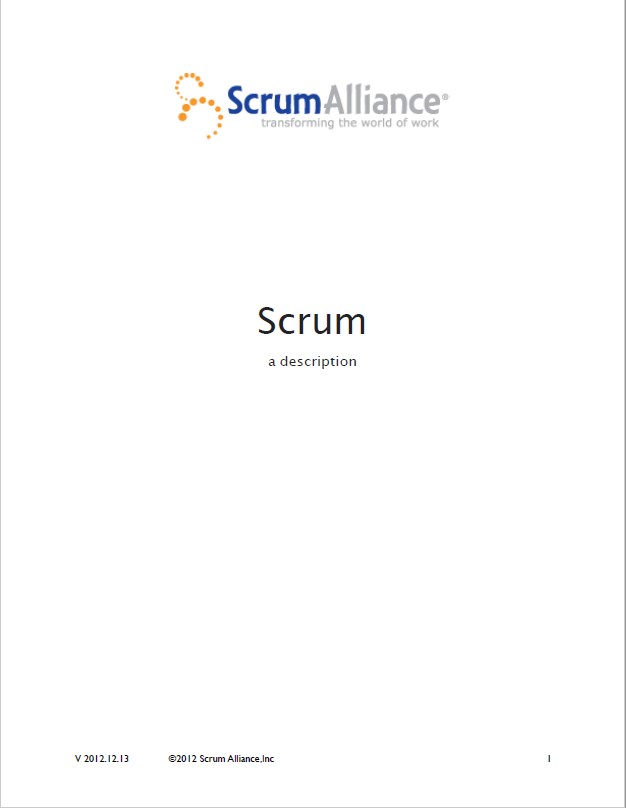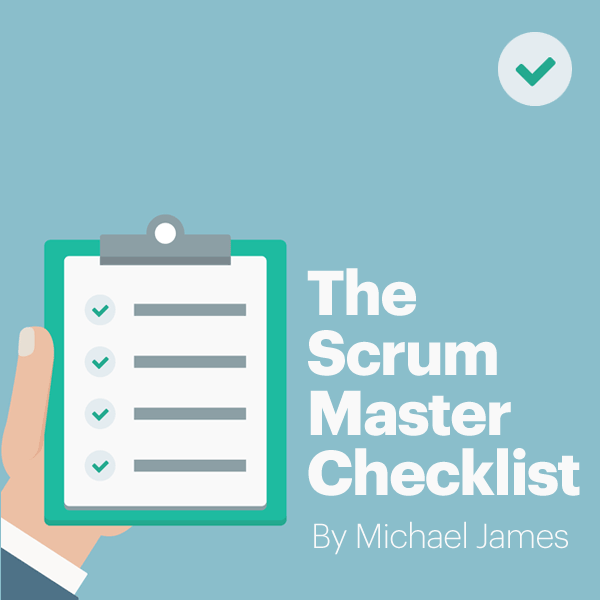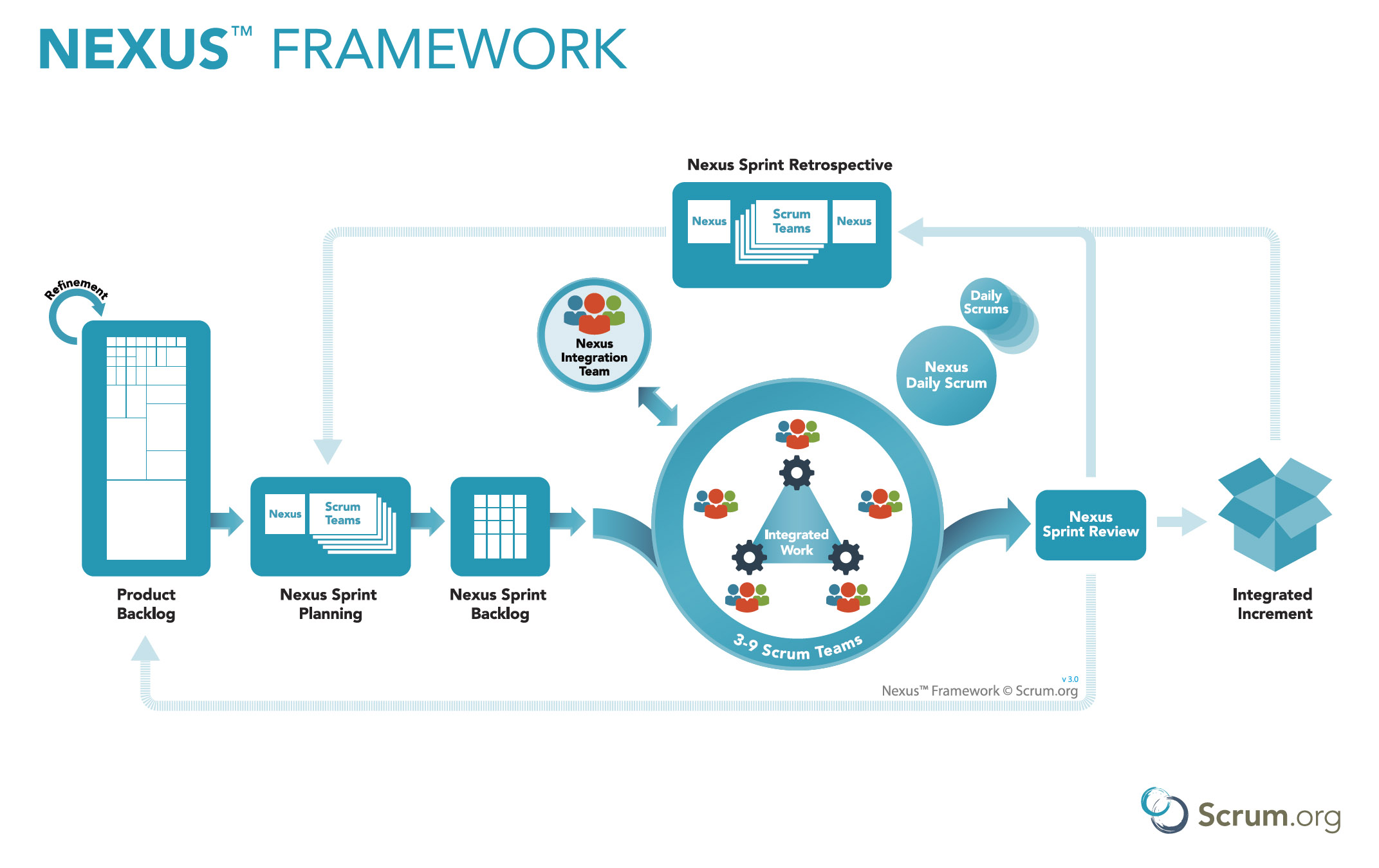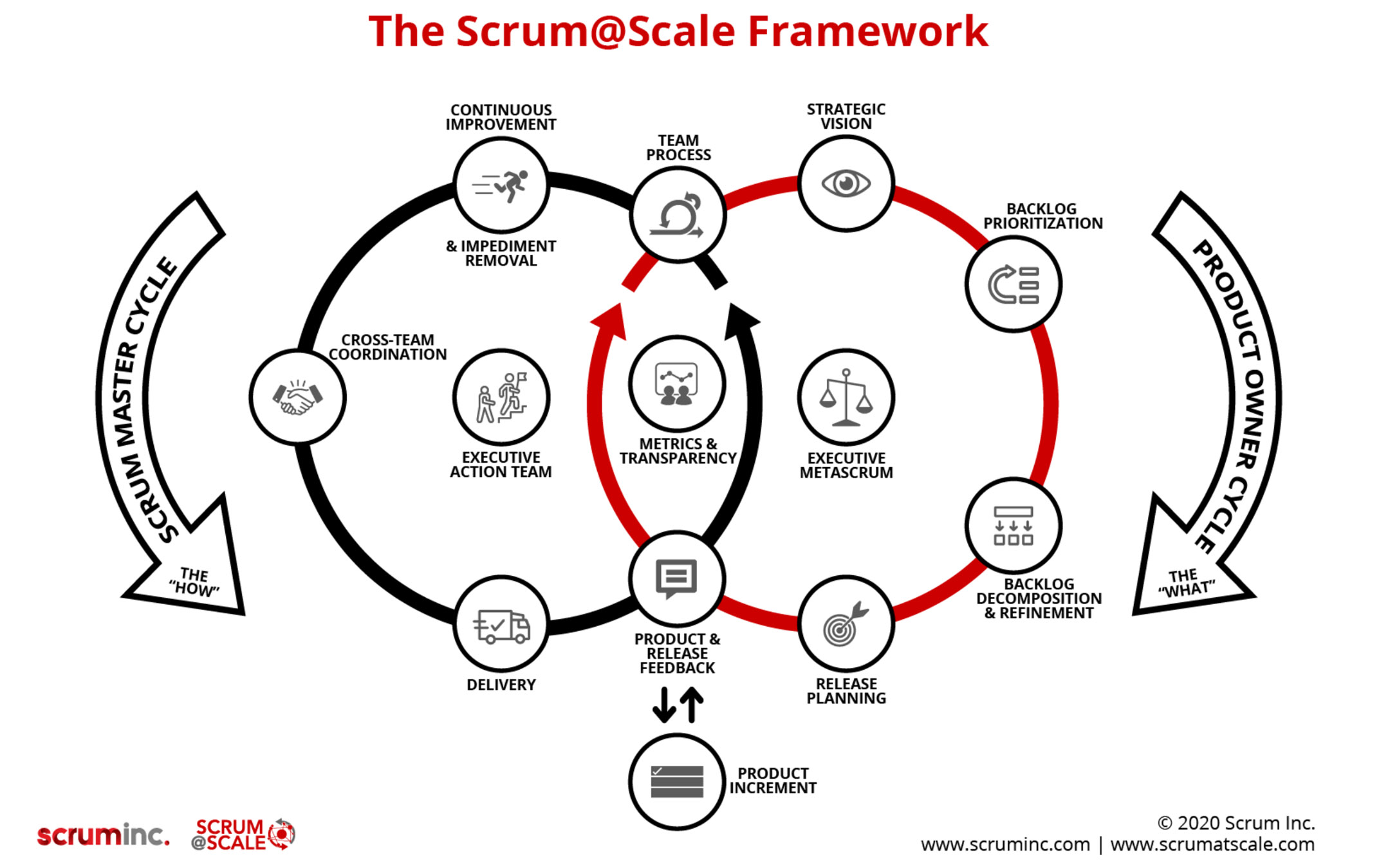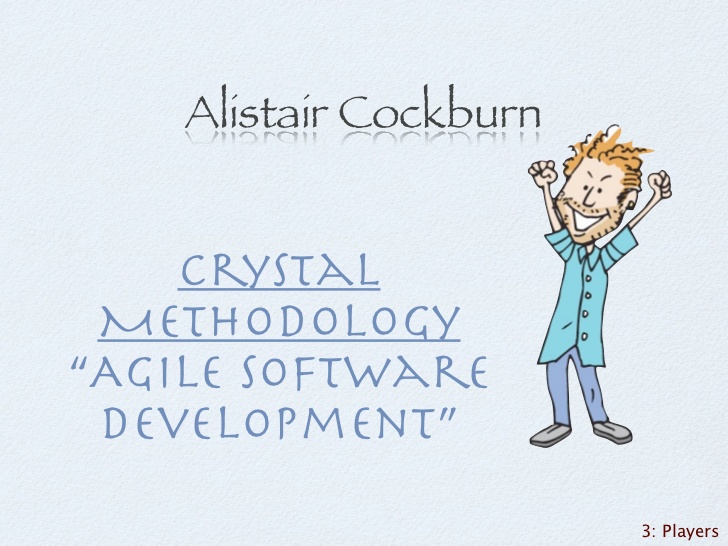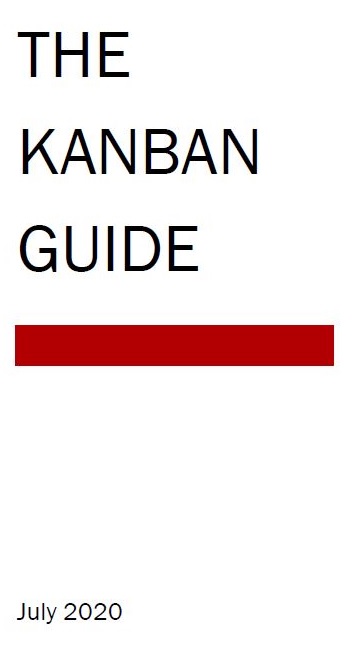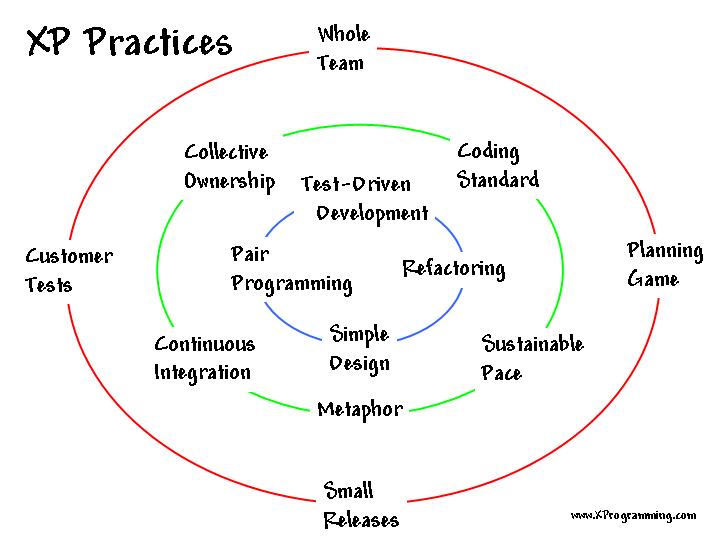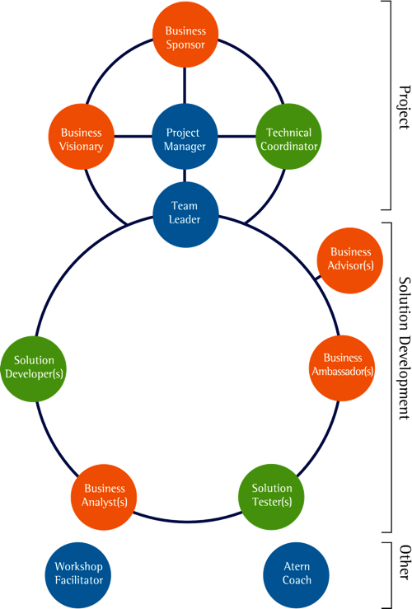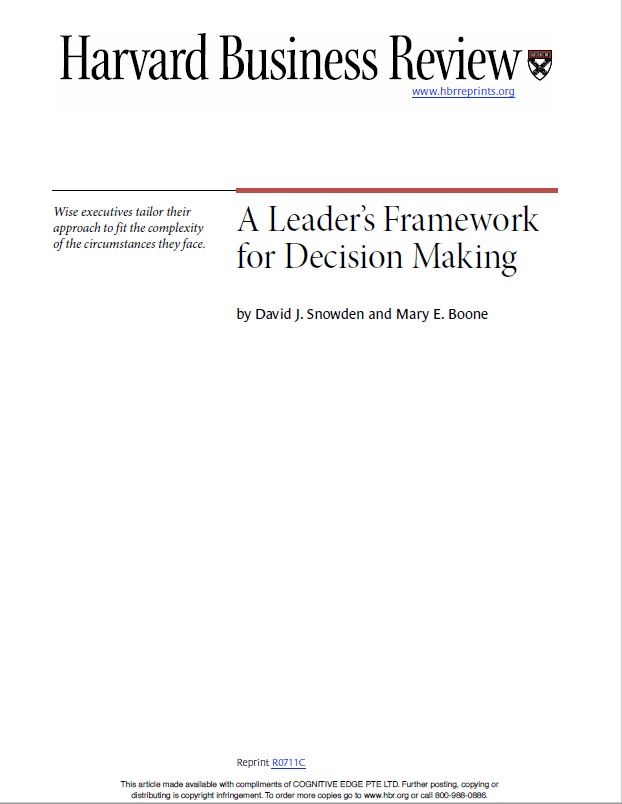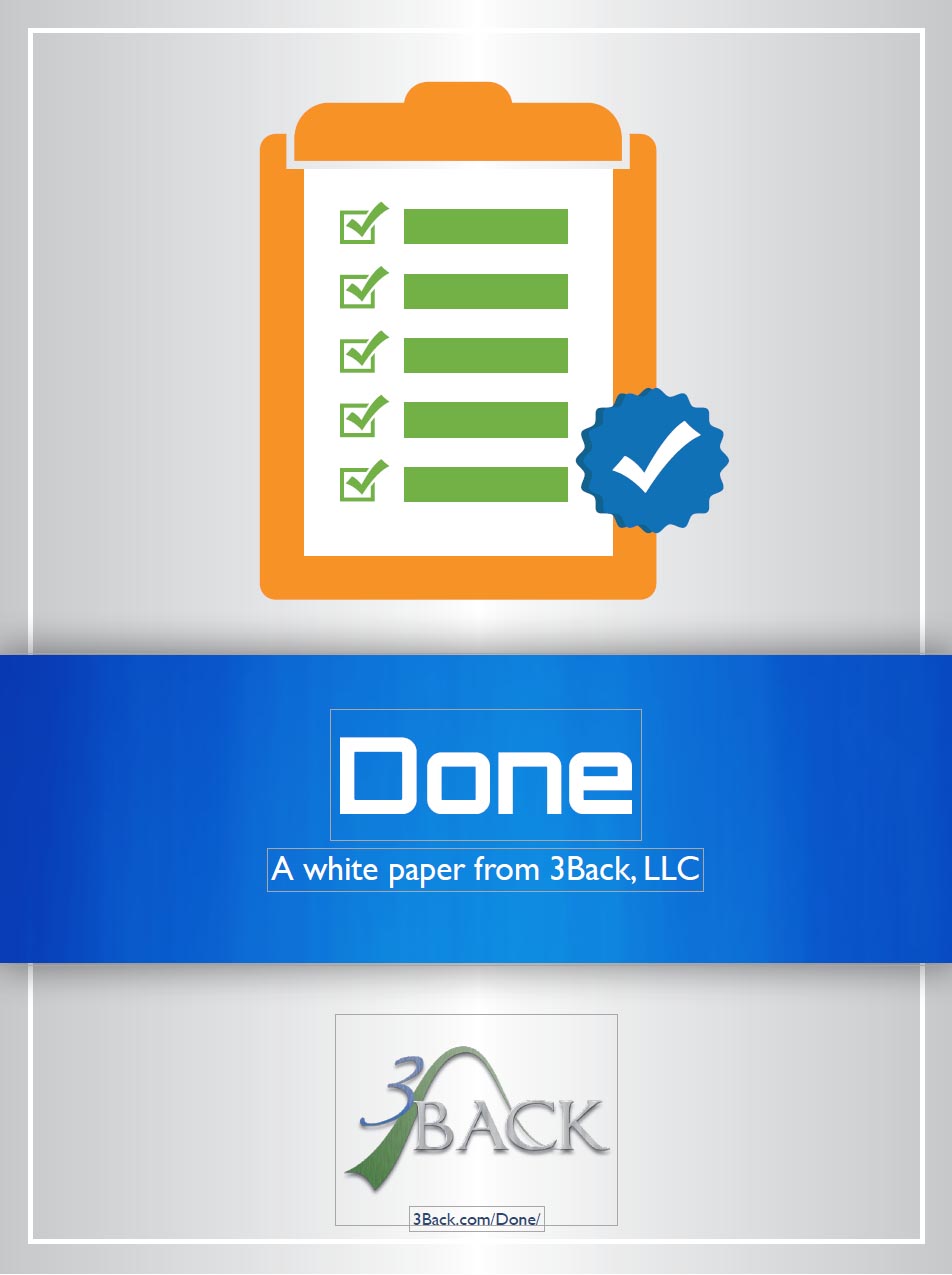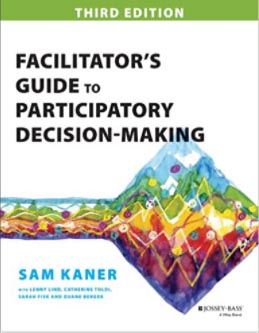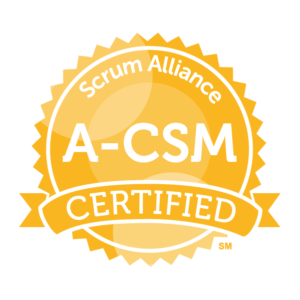 A-CSM Class Resources
A-CSM Class Resources
The following documents and videos are recommended (but optional) reading and viewing for the A-CSM class taught by Wisecrum Associates Certified Scrum Trainers. Completion of the following materials will significantly deepen your course experience.
For Virtual Classes
This list of documents and videos is also available in your Mural Room, on the boards named ‘A-CSM Downloads’ and ‘Videos to Watch’
Scrum Guide
The Scrum Guide changes every few years. And, it just changed in November 2020. If you haven’t read it in a while, you will NEED to read it for class. The Scrum Guide is, after all, the official definition of Scrum.
*Authored by Ken Schwaber and Jeff Sutherland
Reading Time: 30 mins, each
Core Scrum
Core Scrum (or the Agile Atlas) pre-dates the Scrum Guide. Though it has never been updated, it is still a great resource for the original public definition of Scrum. Our A-CSM students are encouraged to read this definition of Scrum. It is not mandatory to know this material for class.
*Authored by Ron Jeffries and Chet Hendrickson
Reading Time: 30 mins
The ScrumMaster Checklist
An adequate Scrum Master can handle 2 or 3 teams at once. A GREAT Scrum Master can handle one team at a time. It is our strong recommendation that you try to use the Scrum Master Checklist to help you better understand the day to day duties of a Scrum Master, before you decide to take on too much responsibility.
*Authored by Michael James
Reading Time: 30 mins
Nexus Guide
Reading the Nexus Guide, and watching the Video on Nexus (by Scrum.org) is recommended for the A-CSM class. We will have an entire module of the class dedicated to scaling ‘frameworks’.
*Authored by Ken Schwaber and Scrum.Org
Reading Time: 1 hour
Scrum @ Scale Guide
Reading the Scrum @ Scale Guide, and watching the Video on Scrum @ Scale (by Scrum Inc.) is recommended for the A-CSM class. We will have an entire module of the class dedicated to scaling ‘frameworks’.
*Authored by Jeff Sutherland and Scrum Inc.
Reading Time: 1 hour
Agile Software Development
Reading the Agile Software Development paper is recommended for the A-CSM class. We will have an entire module of the class dedicated to Frameworks. This paper written by Alistair Cockburn describes the lesser known Crystal framework. Be prepared!
This is a LONG document. Focus on chapters that explain the Swap Game and Crystal. Skim the rest.
*Authored by Alistair Cockburn
Reading Time: 2 hours
The Kanban Guide
Reading the Kanban Guide is recommended for the A-CSM class. We will have an entire module of the class dedicated to Frameworks. This Kanban Guide is an evolving work of ProKanban, on how Kanban could be used for Software Development, and all creative product development.
*Authored by Daniel Vacanti
Reading Time: 30 mins
XP DEvelopment Practices
Reading the XP Development Practices paper, by Ron Jeffries, is recommended for the A-CSM class. We will have an entire module of the class dedicated to Frameworks. This paper on eXtreme Programming Practices is a good primer for what XP demands of people.
*Authored by Ron Jeffries
Reading Time: 30 mins
A Brief Introduction to DSDM
Reading this intro on DSDM is recommended for the A-CSM class. We will have an entire module of the class dedicated to Frameworks.
*Authored by Ling Jiang
Reading Time: 30 mins
A Leader's Framework for Decision Making
This is an in-depth look into what Cynefin is, where it came from, and why it’s important. Reading this paper is recommended for the A-CSM class. We will have an entire module of the class dedicated to complexity — this will be very useful knowledge.
*Authored by David Snowden, Mary Boone
Reading Time: 1 hour
DONE, A White Paper
Reading this whitepaper on the concept of DONE is recommended for the A-CSM class. We will have an entire module of the class dedicated to Done.
*Authored by Marcelo Lopez, Doug Shimp, Dan Rawsthorne
Reading Time: 45 mins
Listening Techniques
Listening Techniques are a HUGE part of Scrum Mastery! We recommend you read this portion of the Student Workbook before you get to class. Yes, this is a copy of a portion of the Student Workbook. Understanding these techniques before entering class will enhance your workshop experience.
*Adapted from Sam Kaner’s work
Reading Time: 45 mins
Servant Leadership: How a jar can change the way you lead and serve
Though watching this video is not required for class, IT’S A GOOD IDEA!!!
This is a great talk by Ali Fet, on her experiences being a Servant Leader and discovering that she IS one.
Viewing Time: 17m 36s
Convergent vs. Divergent Thinking
Anne Manning demonstrates the concepts of divergent and convergent thinking to inspire new ways to approach problem-solving with your team.
Viewing Time: 3m 39s
The Cynefin Framework
This is possibly the simplest explanation of the Cynefin Framework (in its simplest form). This video supports the paper that Snowden and Boone wrote above.
Viewing Time: 8m 38s
Intro to Nexus Scaled Scrum Framework
Richard Hundhausen does a great job summarizing how the Nexus framework works. Watch this before reading the Nexus guide.
Viewing Time: 7m 42s
Intro to LeSS
This is a short but great introduction to LeSS (Large Scaled Scrum). This is recommended viewing for class.
Viewing Time: 8m 15s
Intro to Scrum@Scale
This short video shows the repetitative pattern used by Scrum Inc. to scale Scrum using Scrum. This is a recommended viewing for class.
Viewing Time: 14m 33s
Product Goals Board
This is an explanation of the Product Goals board, from the man who created it — Roman Pichler.
Viewing Time: 10m 36s
Iterative & Incremental Development
This short video illustrates what Iterative & Incremental means, using a creative analogy.
Viewing Time: 4m 19s

